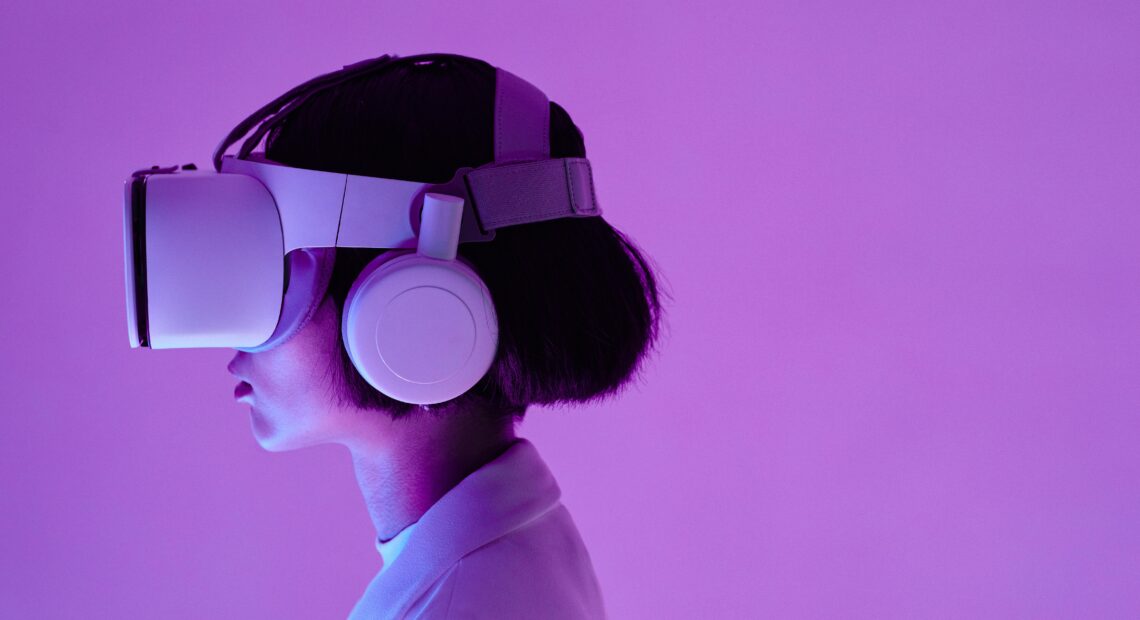Global VR headset shipments fell in Q3 2024

AR and AI technologies show promise
Global shipments of Virtual Reality (VR) headsets fell by 4% year-on-year (YoY) and 16% quarter-on-quarter (QoQ) in the third quarter of 2024, marking the market’s third consecutive quarter of declines.
This trend reflects a growing challenge within the VR market, as demand for tethered VR headsets dropped by 50% YoY, according to a new study by Counterpoint Technology Market Research, a global research firm specialising in products in the technology, media, and telecom) industry. In contrast, standalone VR headsets showed a slight increase of 14% YoY, demonstrating ongoing consumer interest in more accessible and mobile VR experiences.
Meta continued to lead the global VR market with a 65% market share in Q3 2024, despite a slight decline from the previous quarter. This decrease is attributed to reduced sales of the Meta Quest 3, as consumers postponed their purchases in anticipation of the more affordable Meta Quest 3S. Despite Meta’s dominance, the slowdown reflects growing uncertainty in the market, as companies face mounting competition and consumer expectations shift.
Apple has experienced a boost in shipments of its Vision Pro headset, which doubled QoQ following its international launch in key markets such as China, Europe, and Asia-Pacific. However, experts predict the company’s recovery may be short-lived. As the initial market hype fades, a decline is expected in Q4 2024. Nearly 90% of Apple’s Vision Pro sales are expected to come from international markets in the latter half of 2024, but the company faces stiff competition as the market’s growth stalls.
Pico, another prominent player in the VR space, saw a slight dip of 2% in YoY shipments, but it experienced a 6% increase in QoQ, driven by the release of the Pico 4 Ultra in China and Europe. The company also benefits from increased demand for enterprise headsets in China’s large-scale VR tourism and entertainment projects. On the other hand, Sony’s shipments fell by 29% YoY, although they more than doubled QoQ, spurred by the launch of its PC adapter and successful promotional campaigns across North America and Europe.
On the other hand
DPVR has emerged as one of the few companies to experience substantial growth. It reported a 67% year-over-year increase and a 14% quarter-over-quarter shipment boost, primarily due to steady demand for its enterprise-focused products.
The VR market is undergoing significant changes, with a notable shift toward Mixed Reality (MR) capabilities. In Q3 2024, 80% of VR headsets were equipped with Color VST (MR), a massive increase from just 6% in the previous quarter.
This surge is expected to climb even further, with over 90% of VR headsets predicted to incorporate MR capabilities by Q4 2024. However, the industry still faces substantial technical challenges, particularly in achieving lighter headsets with superior display performance, longer battery life, and an extensive content library beyond gaming—all at an affordable price point.
Apple is testing OLED displays made on conventional glass substrates for its more affordable Vision headset. These displays are expected to be more cost-effective than the Micro OLED displays used in the high-end Vision Pro. However, balancing cost, display size and resolution without compromising user experience remains a significant challenge for Apple and may contribute to ongoing stagnation in the VR market in the coming years.
Despite a slow Q3, the period marked a pivotal moment for the industry as several new augmented reality (AR) products entered the market. Meta’s Orion AR glasses and Snap’s Spectacles 24 AR glasses exemplify the push towards blending advanced AR functionality with user-friendly designs. These products showcase the growing potential of AR technologies, which are expected to play a more significant role in the future of entertainment and everyday use.
The AR market is also poised for significant growth with the development of AR+AI smart glasses. Driven by advancements in generative AI technologies, this segment is expected to gain considerable momentum from late 2024 into 2025.
Companies like Rokid and INMO have already launched AR+AI glasses integrated with large language models, and more products from various original equipment manufacturers (OEMs) are expected to hit the market next year. The Android XR operating system (OS) is also likely to drive further growth in the AR+AI smart glasses market, offering users an entirely new way to experience augmented reality combined with artificial intelligence.
Although the global VR market is expected to show only slight growth over the next few years, the AR and AR+AI smart glasses markets are forecasted to expand rapidly, paving the way for a new generation of wearable technology. The shift from traditional VR to mixed reality, AR, and AI-powered devices represents a significant turning point for the tech industry that could redefine how consumers interact with digital environments.
Hero image: The VR market is changing significantly, with a notable shift toward Mixed Reality (MR) capabilities. Credit: Michelangelo Buonarroti













